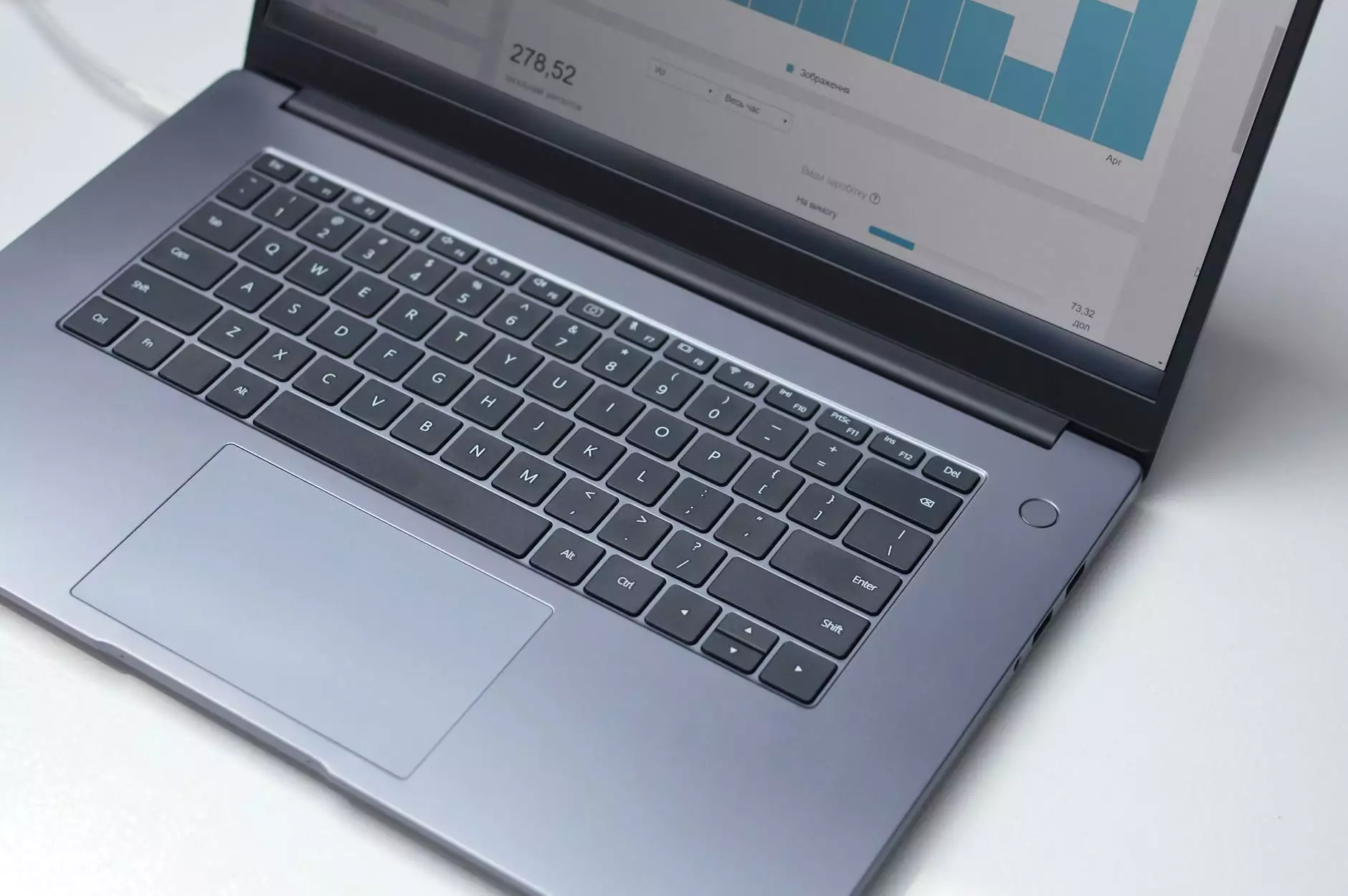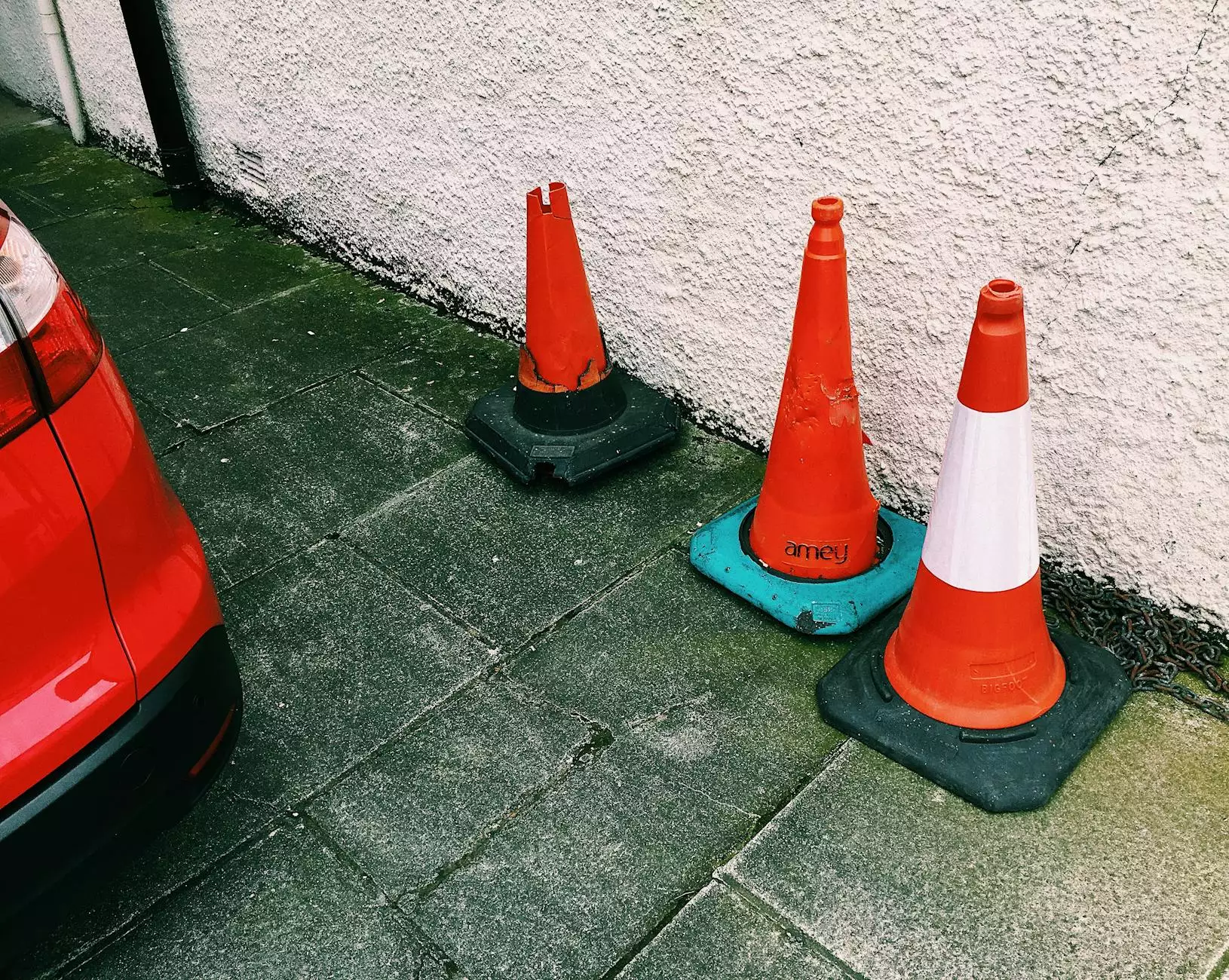How to Accurately Determine the Speed of Your Dealership Website
Website Design and Development
Introduction
Welcome to SEO Redding First Page, the leading provider of SEO services in the business and consumer services industry. In this comprehensive guide, we will walk you through the process of accurately determining the speed of your dealership website and provide you with actionable tips to improve its performance.
Why Website Speed Matters for Your Dealership
Website speed plays a significant role in user experience, search engine rankings, and overall business success. Slow-loading websites frustrate visitors and lead to high bounce rates, resulting in lost potential customers. Moreover, search engines, including Google, consider website speed as a crucial ranking factor, affecting your online visibility.
How to Measure Website Speed
There are several tools and techniques available to accurately measure the speed of your dealership website.
1. Using Page Speed Insights
Page Speed Insights is a free tool provided by Google that analyzes the content of a web page and generates suggestions to make it faster. Simply enter your dealership website's URL into the tool, and it will provide you with a detailed analysis along with suggestions for improvement.
2. Utilizing WebPagetest
WebPagetest is another helpful tool that allows you to measure the load time of your dealership website from different locations worldwide. It provides a comprehensive breakdown of various performance metrics, including Time to First Byte (TTFB) and First Contentful Paint (FCP).
3. Monitoring with Google Analytics
If you have Google Analytics set up for your dealership website, you can access valuable information about your site's speed under the Behavior section. By navigating to Site Speed, you can analyze the average page load times and identify areas for improvement.
Improving Website Speed
Now that you understand why website speed is essential and how to measure it accurately, let's explore some effective strategies to improve the speed of your dealership website:
1. Optimize Image Files
Large image files can significantly slow down your website. Compress and resize images appropriately without compromising their quality. Utilize image optimization tools to reduce file sizes without sacrificing visual appeal.
2. Enable Browser Caching
Browser caching allows for the temporary storage of web page resources, such as HTML files, CSS stylesheets, and images. This enables returning visitors to load your website more quickly as the cached resources are already stored on their devices.
3. Minify CSS and JavaScript
Minifying your CSS and JavaScript files involves removing unnecessary spaces, line breaks, and comments, which can reduce their file sizes. Smaller file sizes result in faster loading times for your dealership website.
4. Utilize Content Delivery Networks (CDNs)
By utilizing CDNs, you can distribute your website's content across multiple servers worldwide. This ensures that users experience reduced latency and faster load times, regardless of their geographic location.
5. Optimize Server Response Time
A slow server response time can negatively impact your website's speed. Optimize your server's settings, utilize caching mechanisms, and consider upgrading your hosting plan to improve the overall response time and performance of your dealership website.
Contact SEO Redding First Page for Expert Assistance
At SEO Redding First Page, we specialize in providing top-notch SEO services to businesses in the automotive industry. Our team of experts is well-versed in optimizing website speed and improving overall performance. Contact us today for a comprehensive analysis of your dealership website and tailored solutions to outrank your competitors in Google searches!










